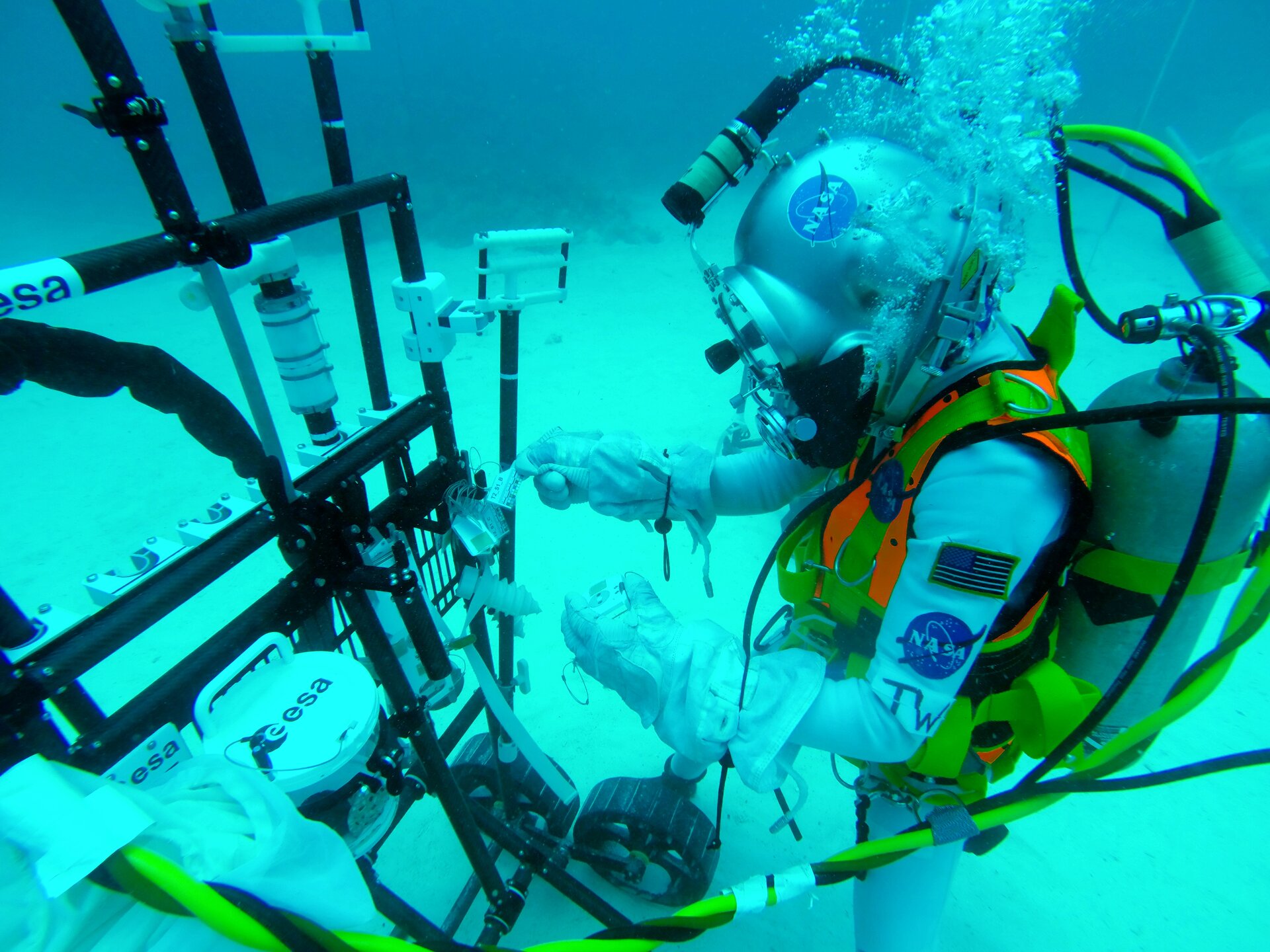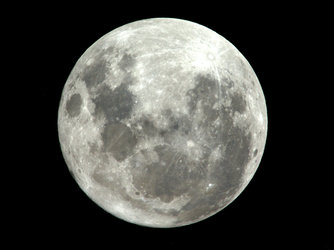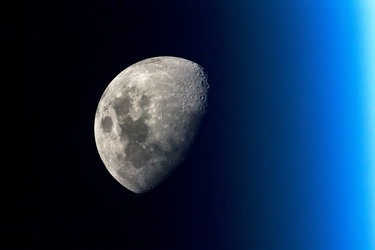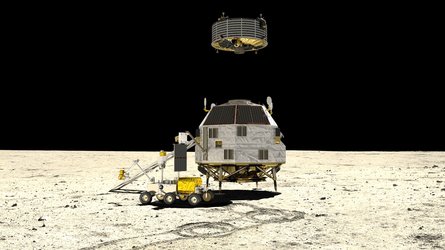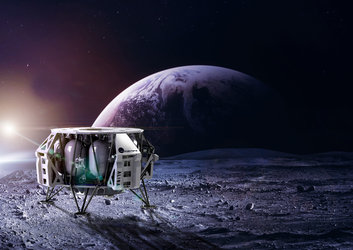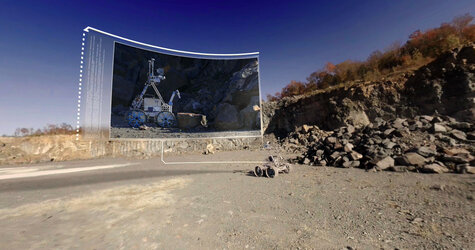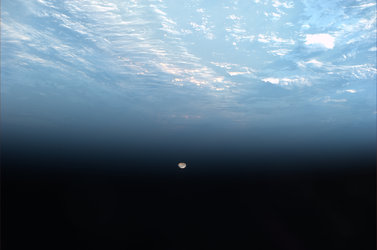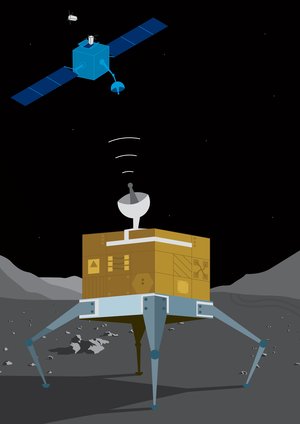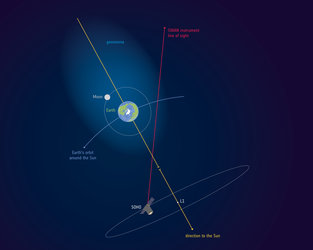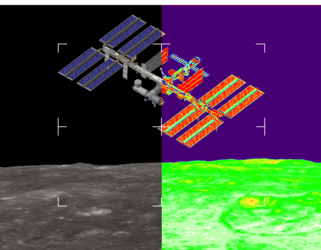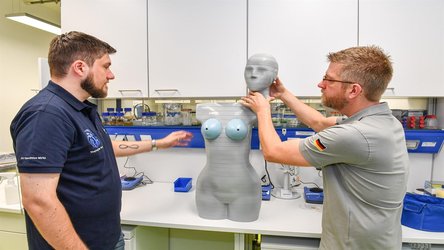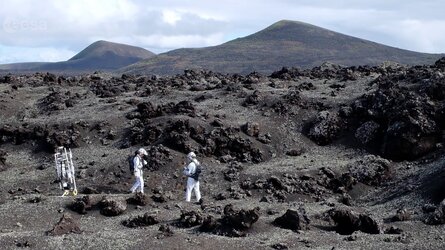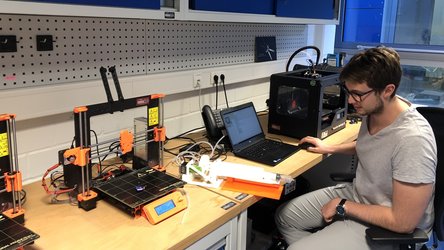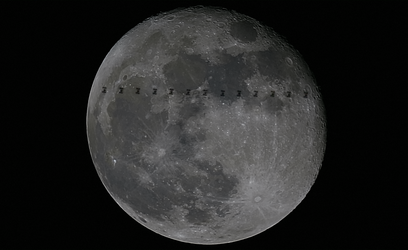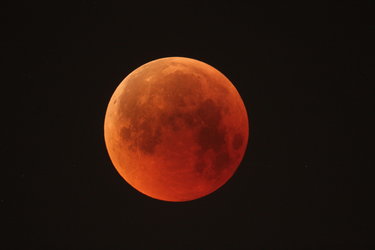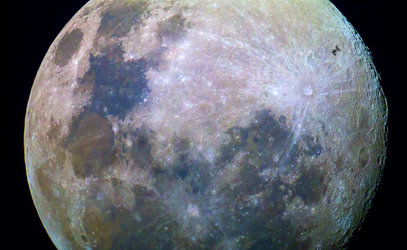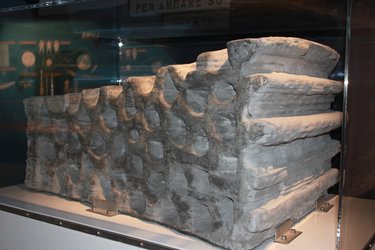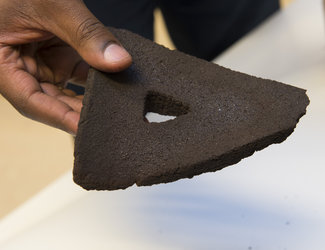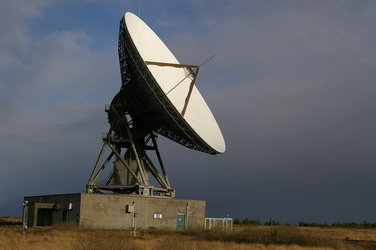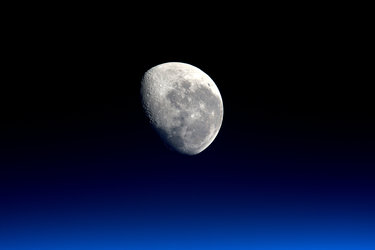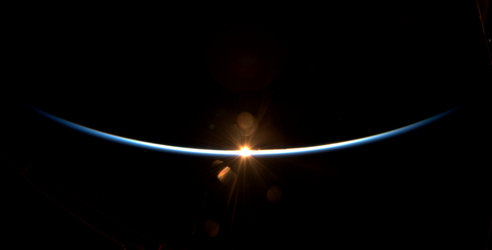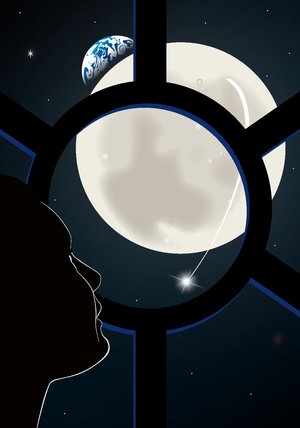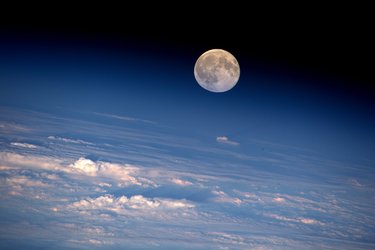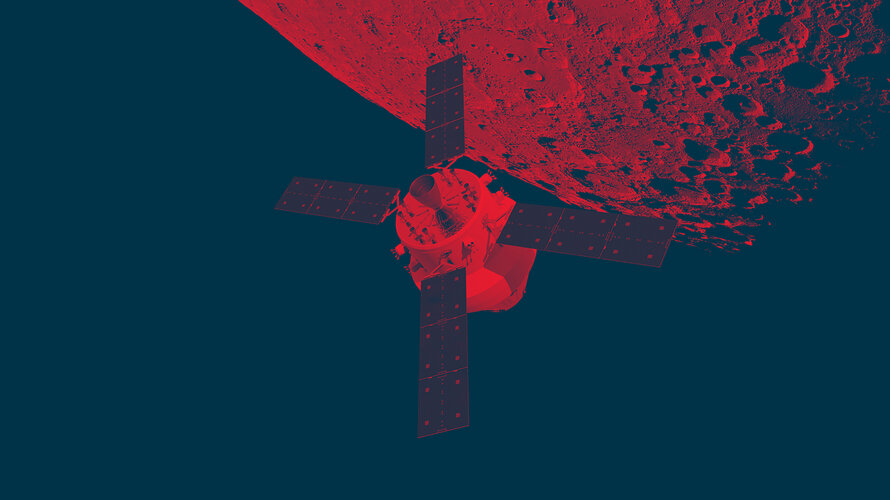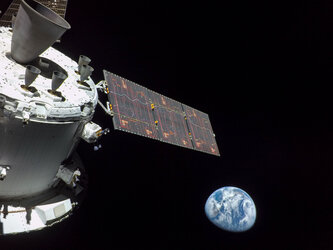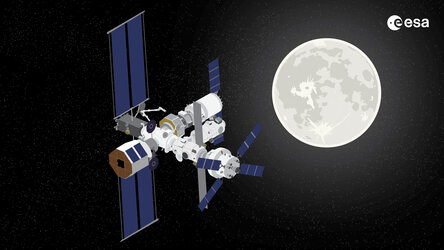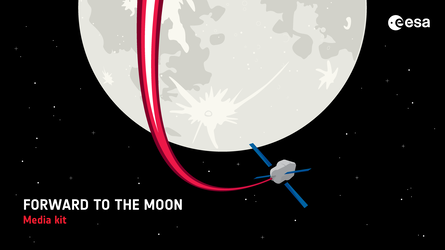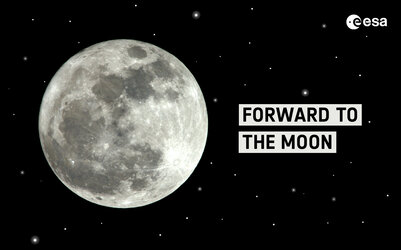Building a toolkit for the Moon
As the world celebrates 50 years since the first lunar landing, the team at ESA’s astronaut centre is looking to the future of lunar exploration. This includes developing prototypes for rock and soil sampling equipment to be used on the Moon.
The crew of Apollo 11 were the first to bring Moon samples back to Earth. The 50 lunar rocks from that mission continue to aid scientists’ understanding of the Moon’s geological make-up as well as the origin of our planet, and sample collection will be a key part of future lunar missions.
Inspired by Apollo, enabled by experts
ESA head of spacewalk training and Neutral Buoyancy Facility (NBF) operations Hervé Stevenin says the project to develop more efficient tools for lunar geological sampling stemmed from a three-year Moondive study carried out by French company Comex on behalf of ESA.
This study looked at how the 10-m deep Neutral Buoyancy pool at the European Astronaut Centre (EAC) in Cologne, Germany, could be used to simulate lunar gravity underwater to test equipment, tools and operational concepts for lunar exploration, and mimic activities astronauts will perform on the Moon. The collection and return of geological samples was one of several areas ripe for innovation.
In 2016, NASA provided ESA with replicas of the lunar surface geological sampling tools used by the crew of Apollo 11. These were assessed by ESA’s spacewalk experts underwater during the first lunar spacewalk simulations in the NBF and led to the design of more maneuverable solid scoop and tong-tool prototypes, as well as the Nearby Equipment Support Trolley (NEST) and a geological sample marking system that ESA has today.
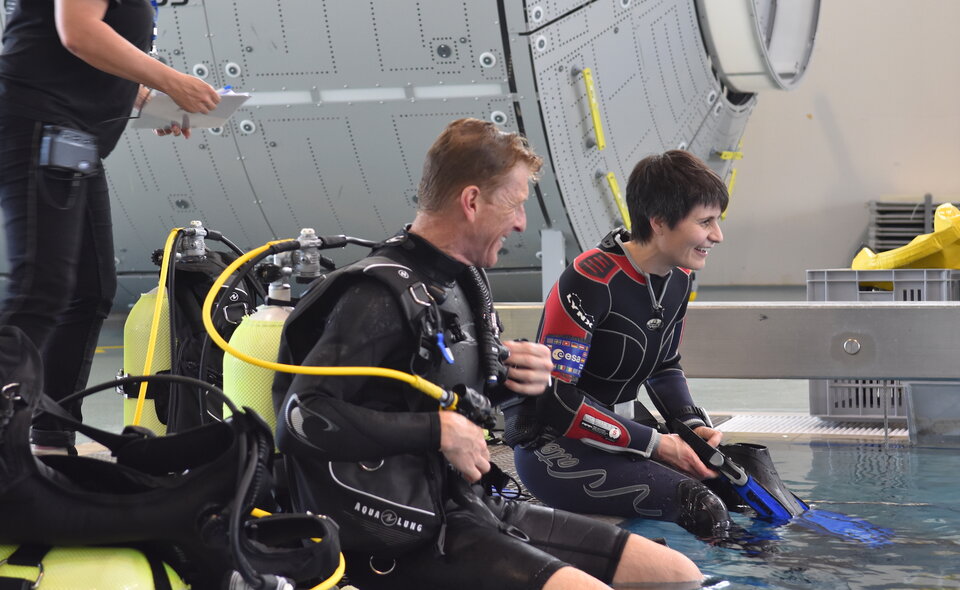
“By combining the spacewalk expertise of our team with the planetary geological knowledge and skills provided by ESA’s Pangaea astronaut training, we have rapidly developed, tested and refined viable prototypes for geological sampling,” Hervé explains.
“Having our spacewalk experts become skilled in lunar geology and gain awareness of the scientific requirements of an efficient geological traverse has boosted our understanding of what it will take to collect scientifically relevant samples from the lunar surface. We have been able to combine this knowledge with what we know about the constraints of lunar spacewalks to create prototypes that work for both scientists and astronauts.”
An iterative process
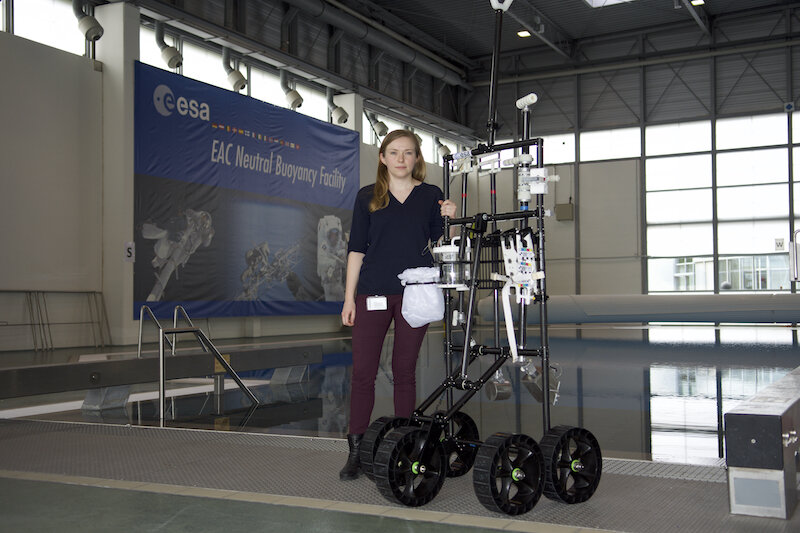
Young graduate trainee Dorota Budzyń joined ESA in 2017 and has since been working on the design and assembly of the lunar sampling tools and NEST.
Most recently, she supported the underwater test of the prototypes by ESA astronaut Samantha Cristoforetti and NASA astronaut Jessica Watkins during NASA’s NEEMO 23 mission in the Atlantic Ocean off the coast of Florida, USA.
“Each stage of development for these lunar sampling tools and NEST follows the same iterative process,” Dorota explains. “This includes analysing requirements, developing designs, 3D printing low-fidelity models, and testing operations on the ground and in immerged lunar gravity simulations underwater.
An example of this in action was testing with ESA astronaut Matthias Maurer during the Pangaea-X mission in Lanzarote, Spain, last year.
The team began with two support trolleys of different sizes, but found the ultimate balance of functionality and manoeuvrability lay somewhere in the middle. This led to the NEST prototype tested during NEEMO 23 that can be reconfigured to lie flat if needed.
Next steps for development

Thinking about the way concepts for lunar exploration may look in the future, Hervé says he sees similarities between the geological sampling tools and another ESA prototype for the rapid rescue of an incapacitated moonwalker known as Lunar Evacuation System Assembly (LESA).
“These two ideas could be merged in a multi-purpose piece of equipment that would ease geological sampling, and payload transport and setup that is quickly reconfigurable for astronaut rescue,” he explains.
“LESA would then become a Swiss Army Knife kit for lunar EVAs. This is something we will look at in the next phases of design, which could lead to the development of flight units built by European industry.”
ESA is joining the international space community in celebrating the 50th anniversary of humankind first setting foot on the Moon and paying tribute to the men and women who took part in this endeavour, some of whom went on to work in later NASA, ESA and international space programmes. Today, ESA and our partners are busy preparing to return humans to the surface of the Moon. During this week, we will focus on the different lunar missions being prepared by ESA and highlight of some fascinating European contributions to lunar exploration.


